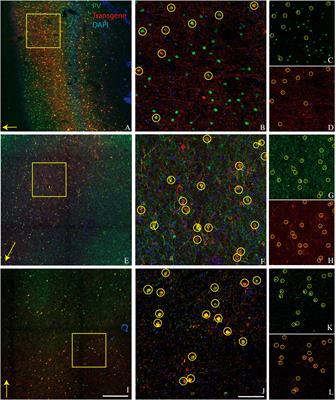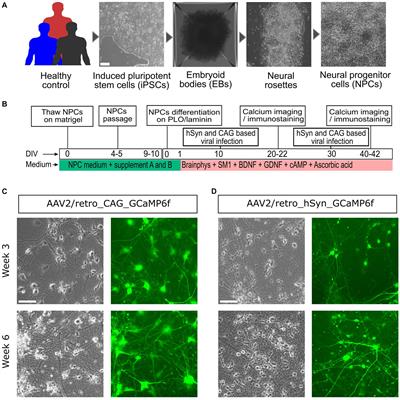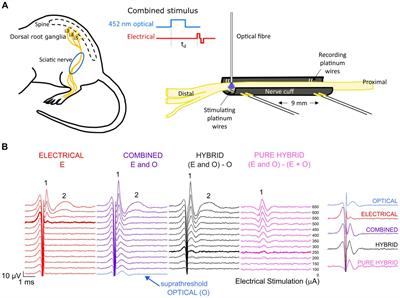ORIGINAL RESEARCH
Published on 14 Mar 2024
Generation of an enhancer-driven gene expression viral tool specific to dentate granule cell-types through direct hippocampal injection

doi 10.3389/fnins.2024.1274174
- 2,540 views
2,939
Total downloads
12k
Total views and downloads
ORIGINAL RESEARCH
Published on 14 Mar 2024

ORIGINAL RESEARCH
Published on 12 Feb 2024

ORIGINAL RESEARCH
Published on 25 Sep 2023

ORIGINAL RESEARCH
Published on 08 Jun 2023
